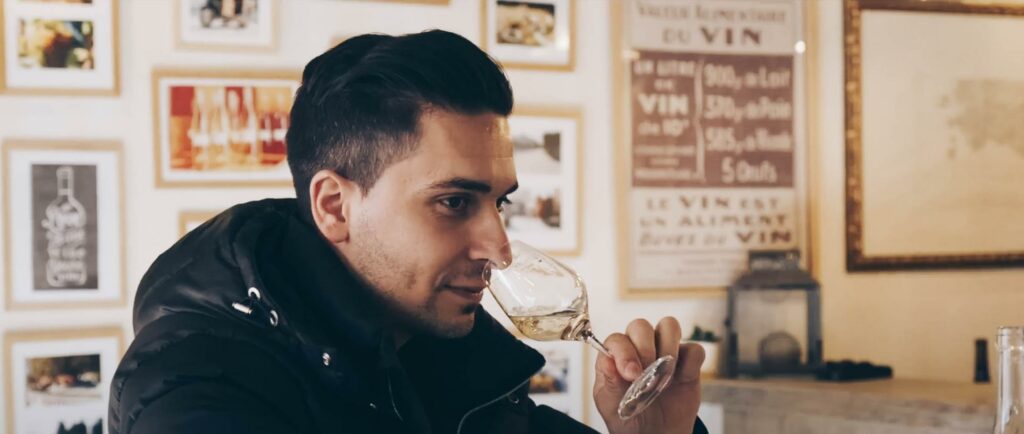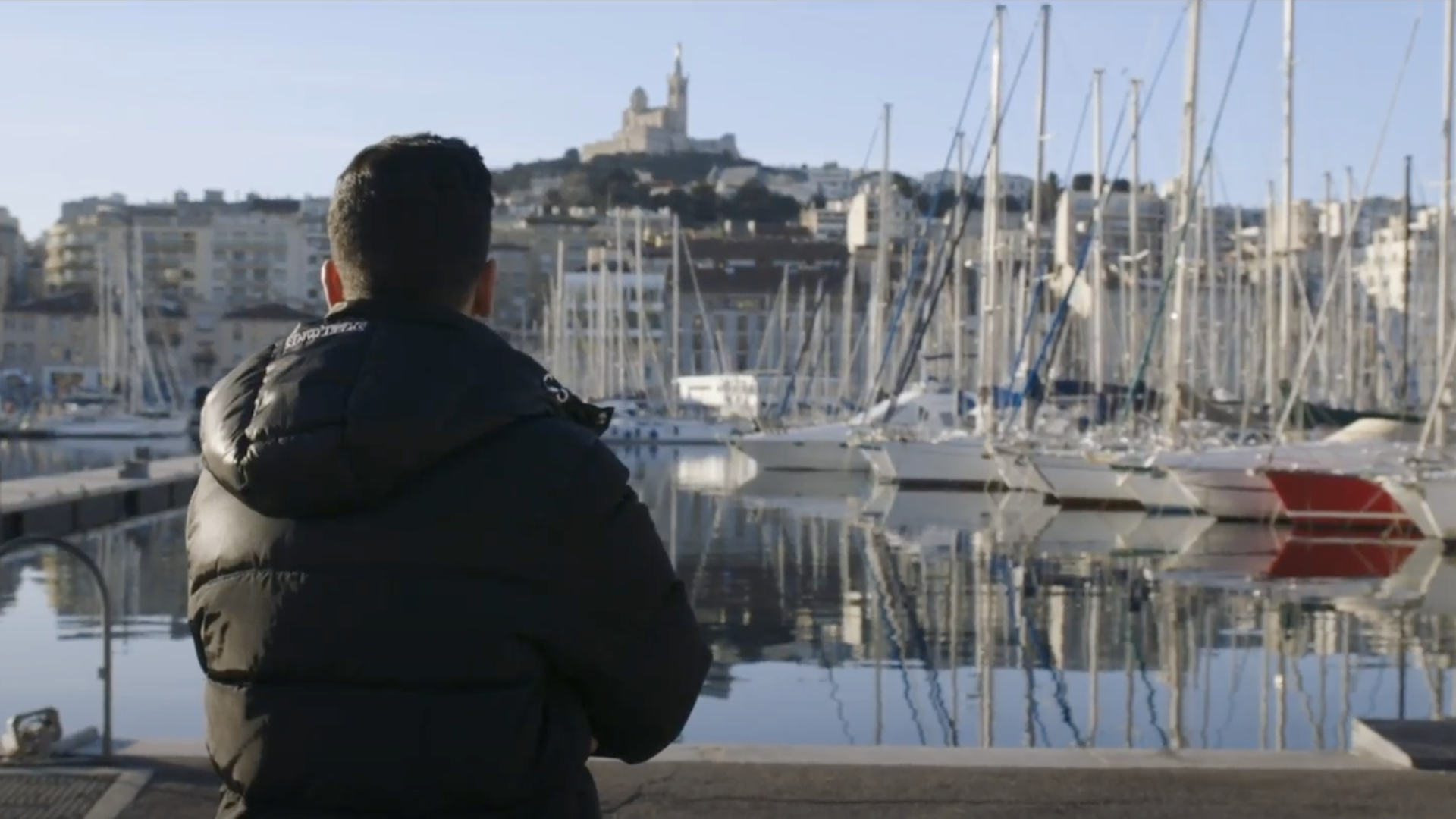The soft pastel colors of Provence, the plentiful seafood, the coastal vineyards. That’s just a small part of the appeal of Marseille, France, a city that is the perfect place to reconnect with the sea. Get ready to discover Marseille’s Mediterranean bounty via Ludovic Turac, the dynamic young chef and owner of Une Table, au Sud, an award-winning restaurant on the city’s vibrant waterfront.
Turac, 32, started cooking at 17 at his grandmother’s side and soon went on to apprentice at the Lycee Technique Hotelier Bonneveine cooking school in Marseille before landing at Michelin-starred Le Bristol and Guy Savoy in Paris. After participating in the French version of “Top Chef” in 2011, Turac returned to his hometown to become a sous chef at Une Table, au Sud, taking over the helm just five years later.
Turac’s love of the land and sea comes through the longer you’re around him, whether it’s on a boat trip to his favorite market or while watching him banter with his team at Une Table, au Sud.
From Marseille to L’Estaque to Cassis, follow Turac as he guides us on a whirlwind journey full of old favorites and new discoveries.
Melek Carkaci: You were born and raised in Marseille. What makes the city so unique?
Ludovic Turac: What makes Marseille special to me is its “human warmth.” It is a very welcoming and lively city. In Marseille, we are a little fiery and things go fast. Above all, there is the sun. The weather is great eleven months out of twelve. So this is one of its greatest features.
M.C.: What is so special about Une Table, au Sud and what can people expect there?
L.T.: From a culinary perspective, I offer a 100 percent Mediterranean gastronomic cuisine, focused on seafood, of course.
We try every day to embrace excellence and to do things with precision, love and passion. I change my menu very regularly. We try to push as much as possible to offer an up-to-date version of Marseille’s taste and delights.

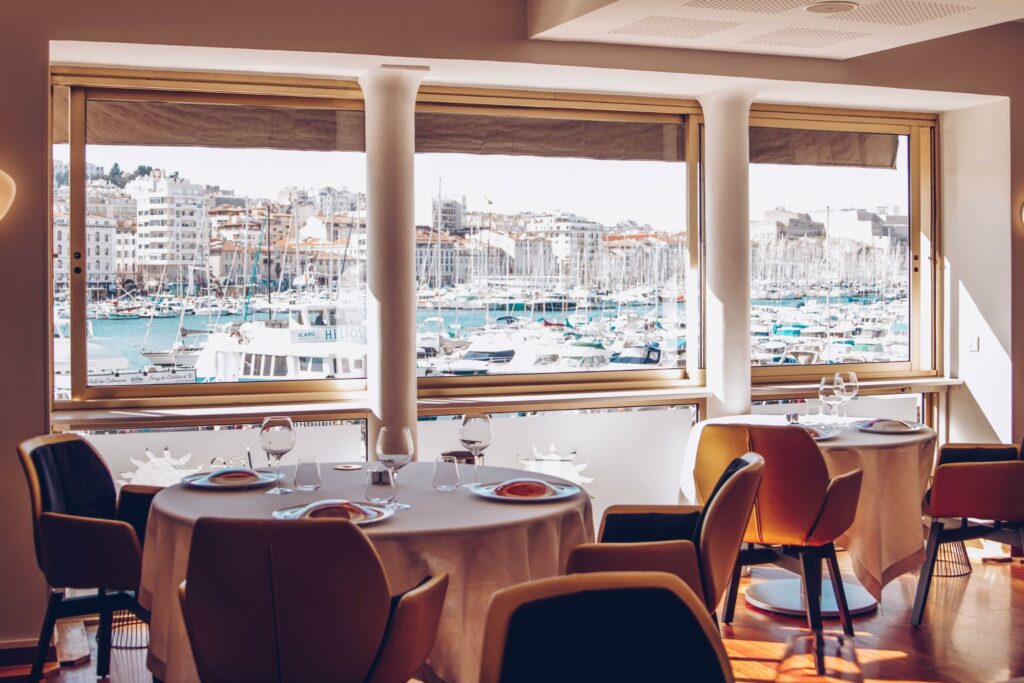
M.C.: How would you rate the quality of your cuisine?
L.T.: Quality cuisine is first and foremost a story of men and women. It starts with the producers and the fishermen to select the right product. And then it continues with good collaborators: people who are motivated, who love what they do on a daily basis.
I have the chance to work with the oldest fishermen and the best products of Marseille. My workers, in the very noble sense of the word, make me a lucky person. Being surrounded by these people is what also makes the restaurant successful.
M.C.: What is your morning routine before you begin service?
L.T.: In the morning, I first open my restaurant and meet with my team. We often do debriefings about the day before but more briefings for the day and upcoming services. We talk more about the future than the past.
We compose the recipes and talk about the ideas. We drink coffee and discuss everything. I like to plan things with my pastry chef and my right arm man.
Then, I like to go down to the Old Port. I offer myself this little morning ritual where I choose and buy my fish, take a moment to talk to my fisherman and shake his hand.
I head to Noailles [a North-African market in the center of Marseille] to get vegetables and spices. I take a little time on my own to breathe a bit and notice what’s going on around me and get inspired for the day.
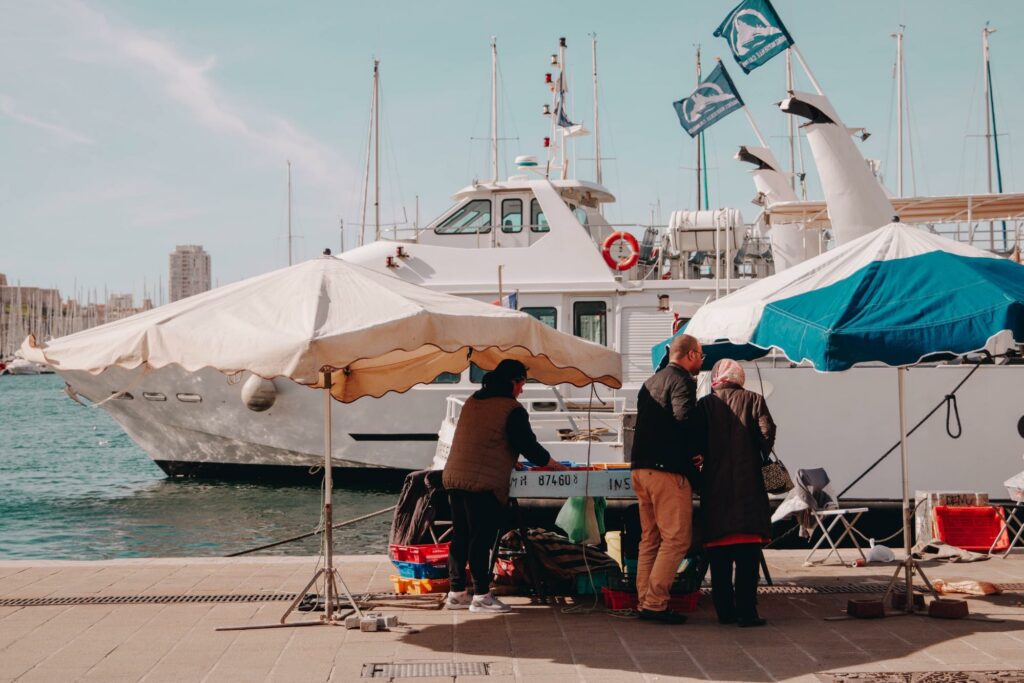
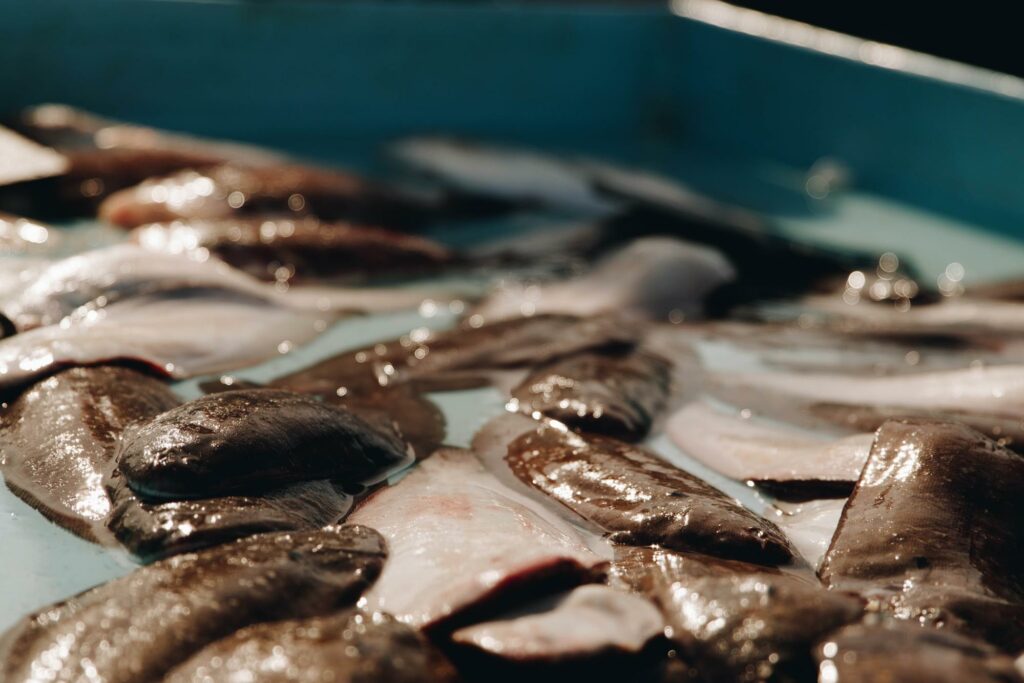
M.C.: What’s so special about the Noailles neighborhood?
L.T.: I find it very representative of Marseille. It’s multicultural, it’s beautiful, it’s colorful, it smells good. Whether it’s the vegetable market or the spice store Saladin, it’s a little moment that I love.
It also reminds me of the oriental side of my family, and also the south of France and the Mediterranean side. Perhaps, this is why I like it a lot.
M.C.: Can you tell us a bit about your relationship with the Old Port?
L.T.: I go out to the sea with my fishermen, [but] I don’t go often, once a month or so because it’s very difficult. It makes me realize the difficulty of the job and how lucky I am to have my fishermen in my kitchen today, otherwise I could not offer beautiful recipes if I did not have this beautiful fish.
M.C.: Let’s talk travel. If people have limited time in Marseille, what would you recommend they visit?
L.T.: You should first visit the Palais Longchamps, the Notre–Dame de la Garde and the Cathedral of the Majorde. Those are three wonderful places.
Then you absolutely have to go to the Corniche and eat a pizza at L’Eau à la Bouche. You have to eat panisses at L’Estaque. You have to buy some fish at the Old Port.
M.C.: How should someone tour the city in a unique way?
L.T.: The best way to discover Marseille is to see it by the sea. As a self-respecting Marseillais, I passed my boat license and I often take a boat out and never get tired of the breathtaking landscapes. We took a boat together from Marseille to L’Estaque. It’s not far, it’s quick and so nice to get there this way.

M.C.: Why should people head to L’Estaque?
L.T.: What is magical about L’Estaque is that it’s still in Marseille but it’s also on the border. The port makes me think a little of Marseille’s, but it has more of a cute “village” spirit.
We go there to eat panisses [chickpea fritters]. It’s one of the few places where you can find street food. There are food trucks that prepare panisses and chichis [fried donuts]. And it’s very pleasant to take your panisse cone and eat it by the sea. It’s awesome.
M.C.: Are there any exciting day trips from Marseille?
L.T.: Around Marseille, the Bay of Cassis is great. I like it a lot because it is very rejuvenating. It is a place that is still very close to the sea, very sunny, and very representative of the Provence region with many vineyards. Between vineyards and sea, the landscape is so pleasant. And it feels good to know that we have a holiday landscape right next to where we live.
I love to stroll by the beach, walk around the port, have a coffee on the terrace with my family and enjoy this kind of cool southern way of life with the sun and the sea.
M.C.: Why should travelers head to the vineyards when visiting Cassis?
L.T.: We are very lucky to have a terroir in Provence [that is] very rich in terms of vineyards. It is always interesting to learn about the vineyards, about their work, and visit them to taste their specialties, take a tour in their cellar and chat with them. And of course, it’s also great to know more about the product and how it is produced before consuming it. Two varieties [people should try are]: the Vermentino and the Mourvèdre.
